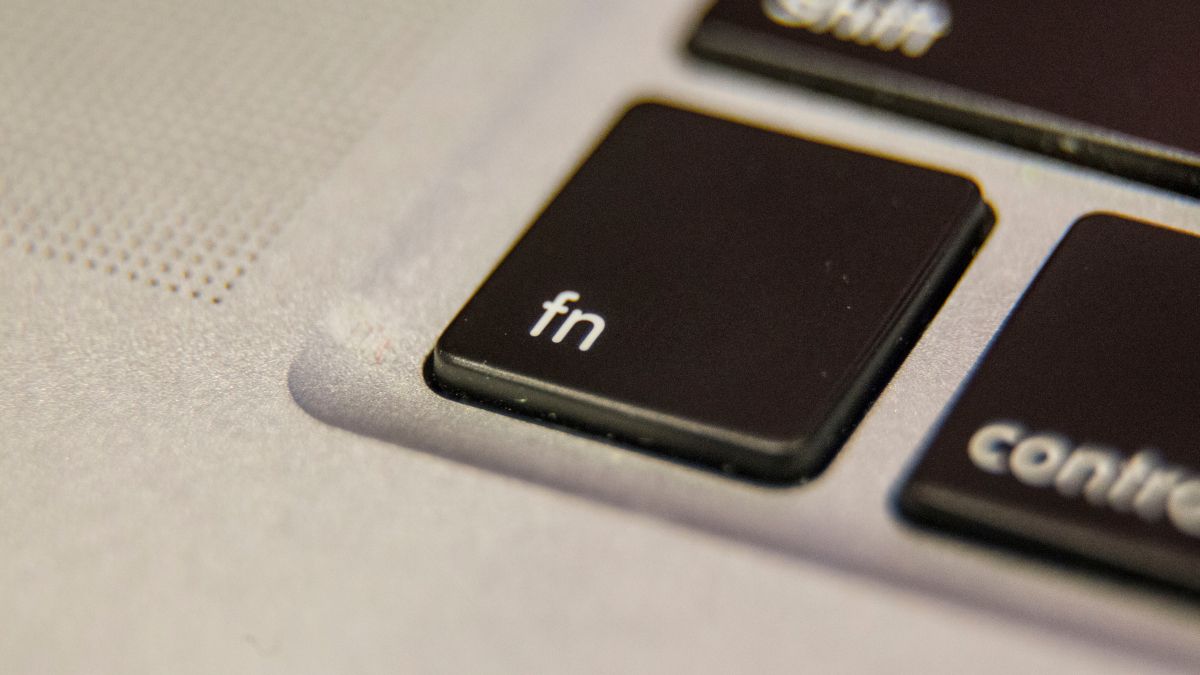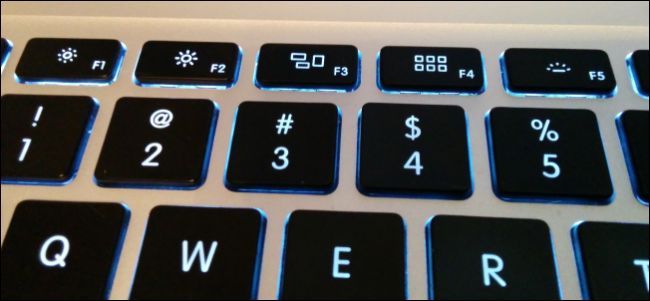Confused by that "Fn" key on your keyboard? "Fn" is actually short for "function," and lets you access a range of alternative functions for the other keys on your keyboard. Today, we'll find out how to use it.
What Is the Fn Key?
The Fn key was originally created due to a lack of space on earlier keyboards. Instead of adding more keys, they were given multiple functions.
As an example of one of its uses, the Fn key on some laptops lets you adjust the screen's brightness when you press it in conjunction with another key. Think of it as a button similar to the shift key. Depending on your device, Fn can also let you:
- Adjust volume up and down.
- Mute your laptop's internal speaker.
- Increase or decrease monitor brightness or contrast.
- Activate standby mode.
- Hibernate your laptop.
- Eject a CD/DVD.
- Lock the keyboard.
The key is used differently depending on the operating system, but Mac, Windows, and even Chromebooks all have some version of the Fn key.
Where Is the Fn Key on My Keyboard?
That depends. On Apple and PC laptops, the Fn key is usually in the lower-left corner of the keyboard next to the Ctrl key.
Chromebooks, on the other hand, might not even have one. Some do, though, and it's located near the space bar.
On Macbook laptops, you'll almost always find the Fn key on the bottom row of the keyboard. Full-size Apple keyboards can have it next to the "delete" key. On wireless Apple Magic Keyboards, the key is located in the bottom-left corner.
If your computer doesn't have an Fn key, then your keyboard probably doesn't have any of these alternative functions. You might want to upgrade to a keyboard that lets you use them.
How Does the Fn Key Work?
How the Fn key is used will vary based on which operating system you're using. It's used similarly to other modifier keys like "shift," often in conjunction with the F1-F12 (function) keys at the top of your keyboard.
The functions are usually designated by the same symbols, even across operating systems. A sun symbol, for example, is usually used to denote screen brightness. A half-moon usually indicates putting the computer to sleep. And so on.
The Fn key won't always work the same way with peripherals as it does with the main computer. For example, Fn and the brightness key might not adjust brightness on an external monitor.
Windows
On a Windows PC, the special functions of F1-F12 are accessed by holding down the Fn key and then pressing one of the function keys. That can include muting sound or adjusting screen brightness.
So, to use the Fn key on a PC:
- Hold down the Fn key.
- Simultaneously, press whichever function key you need to use.
Some keyboards will have an Fn key that illuminates when enabled. If you have a keyboard like this, check to see whether the light is on (whether the key has been enabled) before pressing the secondary function key.
Mac
On a Mac computer, the F1-F12 keys will perform these special functions by default. F11 and F12, for example, will turn the computer's volume up or down without you having to press the Fn key first. Pressing the Fn key and then one of the F1-F12 keys will result in a secondary action specific to whichever application you're currently using.
Some Fn keys will be color-coded to match certain functions. On these keyboards, you'll see "fn" in two different colors on the Fn key. These keyboards will have two sets of secondary functions, also color-coded. If your Fn key had "fn" printed in red and blue, for example, pressing Fn and a red key would be a different function than Fn and a blue key.
Most computers let you customize the function keys to some degree. On a Macbook, you can choose whether the F1-F12 keys use their special keys by default or not. Some keyboards give you the option to disable the Fn key by using "fn lock."


